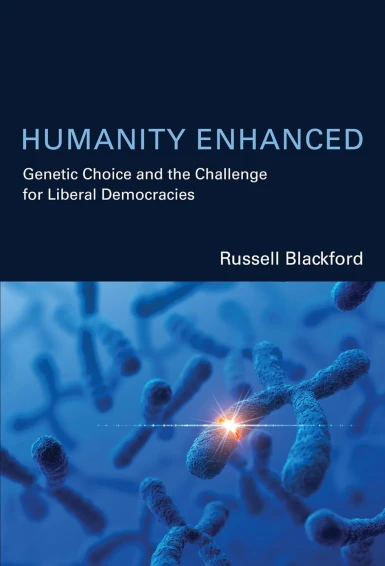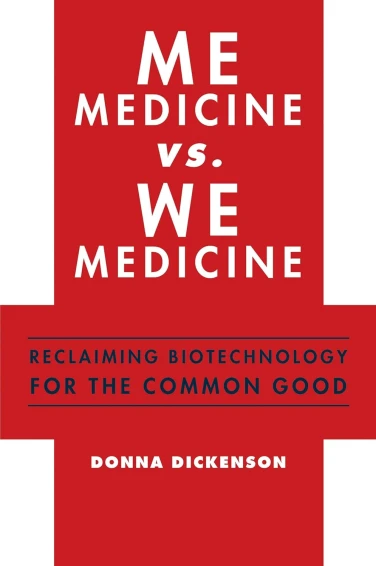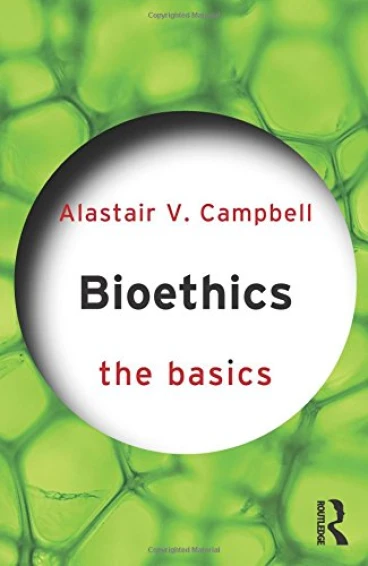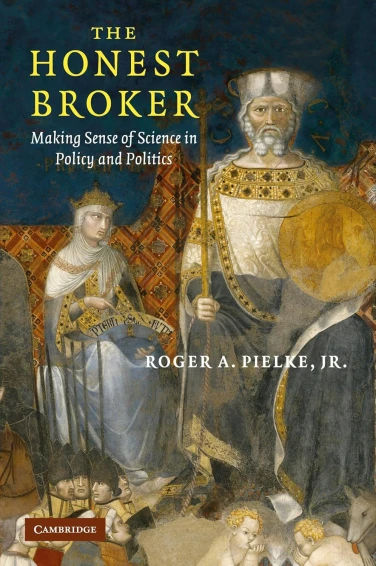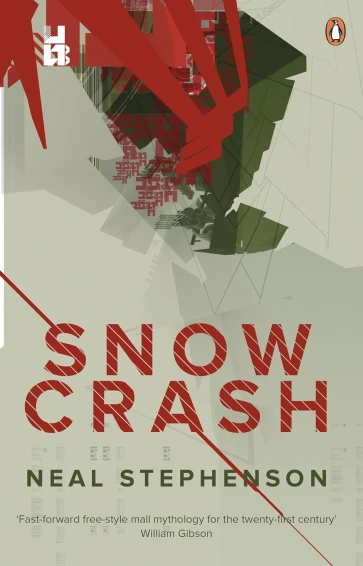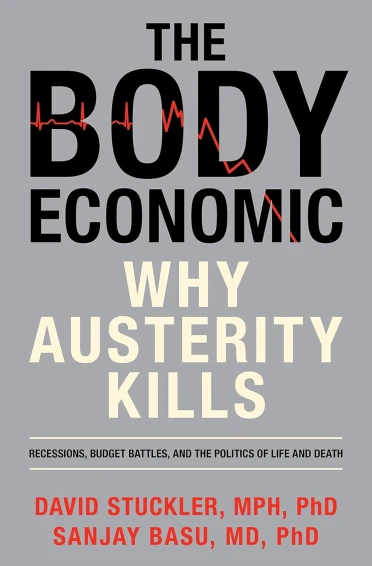
Guy Brown
Basingstoke: MacMillan, 2008
ISBN 978-0-230-517-8
That Guy Brown is a gifted writer was proved by his first book The Energy of Life which won him the prestigious Wellcome Trust Science prize. His latest work, The Living End, is a thoughtful review of the scientific, cultural and philosophical debates connected with life, death and aging.
Brimming with cultural references, from antiquity to the present, Brown introduces his theme with reference to Dylan Thomas’ injunction “Rage, rage against the dying of the light”, and the Greek myth of Tithonus. (Tithonus being the mortal who, being granted by Zeus the immortality he longed for, found himself nonetheless condemned to the sufferings of age, debility and dementia.) These twin references set the tone of Brown’s argument; whilst he shares Thomas’ indignation against the cruelty of death, his rage is directed more towards living death, in the form of chronic disease and especially dementias.
Historical statistics are reviewed to demonstrate not only that we are living longer and longer, but that causes of death are changing from relatively acute conditions to the chronic heart, brain and respiratory disorders. Moreover although life expectancy continues to increase, healthy life expectancy has plateaued in the UK. In part these changes result from 20th century public health measures and from developments in medicine, but Brown also posits structural problems in medical practice and research which lead to a focus on the prevention of death rather than disease.
Building on a framework of religious and philosophical history – which is introduced in interludes between chapters – Brown introduces his argument against ‘digital’ and ‘atomistic’ theories of the self. The mixture of continuity and change that characterise our lives, he argues, maps poorly onto the on-off model of life and death that our culture tends to espouse. The digital way of thinking, he suggests, is linked the medieval Christian concept of a soul which enters the body at birth and exits at death. Instead, Brown proposes a ‘wave’ model of the self, which emphasises continuity and the change that form human ‘selves’. This could be the basis for analogue theories of life and death, a perspective from which selves have degrees, components and varieties, and from which they “rise up, swap components, change from day to day, and finally fade away.”
The basis of his analysis having been established, Brown moves on to his area of expertise, and a quality of writing that could win him another prize for public engagement in science. With clarity and humour he outlines for a lay audience the scientific knowledge and debates around cellular death and aging. One of the highlights was his comment that free-radicals are not, as their name suggests, a “benign group of liberal revolutionaries, but in fact they are a vicious bunch of toxic chemicals.”
Towards the end of the book, Brown engages with the question of whether death should be resisted. He mentions most of the protagonists in the trans-humanist hall of fame, outlining their arguments, but his coverage of ‘bioconservativism’ is disappointingly thin, citing only Fukuyama. However, rather than align with either side of the debate, and building on his arguments earlier in the book, Brown advances his own personal position.
As a scientist, Brown finds the strategies for engineered negligible senescence (SENS) agenda implausible. Aspects of it, he argues can be used to help us survive, but this will sometimes challenge our concepts of death and self. If large parts of our bodies and brains can be replaced by technologies, then digital or atomistic models of the self will fail. Instead, we can view the self a wave of continuity and change. Brown departs more radically from the life extension agenda when he comments that traditionally there are three ways of surviving death: spiritually, genetically, and culturally. His discussion of the first is somewhat convoluted as he is not comfortable with the notion of the soul; in terms of the second he makes the legitimate and traditional claim that by having children we can ensure the continuity of something other than an individual self, and through this we may experience some of this continuity by being part of a family with a history and a future; and thirdly he argues that cultural, or memetic, work and innovations can be seen as part of the extension of a self in the future, apart from bodily survival.
Brown concludes with a nine point manifesto, including a return to his argument in favour of an analogue model of death, but focusing above all on the maximisation of live worth living. Rage, against the dying of the light, he implores, because the deaths we are dying today are unnatural and should be resisted by research into aging and dementia; we should seek medicine that does not turn acute diseases into chronic ones, but that maximises life.
This is an uplifting conclusion to a thoughtful book. However it leaves several questions hanging. Just as Brown appreciates the extreme life extension agenda before casting much of it aside as unscientific, it is tempting to appreciate Brown’s scientific expertise and well informed appraisal, and yet – from a policy perspective – to ask if the implications are really considered. The binary model of life and death certainly has its failings, but legal alternatives are not readily apparent. Human rights logic in particular is predicated on a clearly defined category of the human person. Whilst we may legitimately debate how an aged and suffering person should be treated on the basis of human rights, we would be on extremely unstable ground if those human rights were thought to be changed by the weaknesses of old age. Secondly, whilst Brown argues in favour of changes to medical research structures so that there are incentives in favour of treatments that extend healthy life rather than chronic disease, he has no suggestions for how this should be achieved. However, as a positive and engaging contribution to an essential social debate, Brown’s arguments have much to commend them. Moreover, as an engaging and accessible book I hope that The Living End will spread the questions it raises widely.




